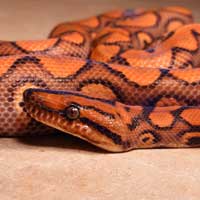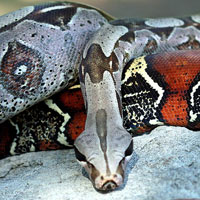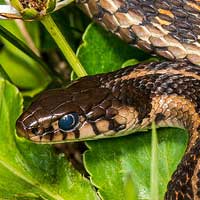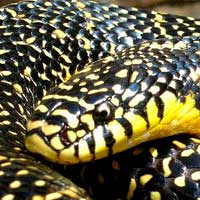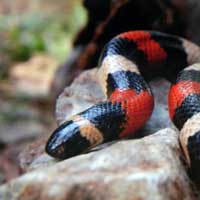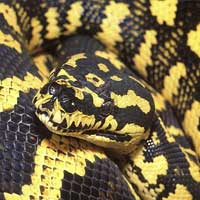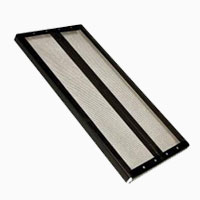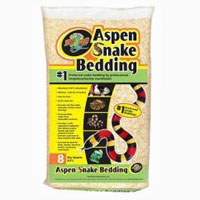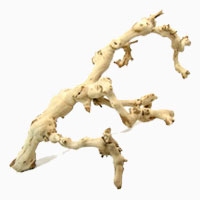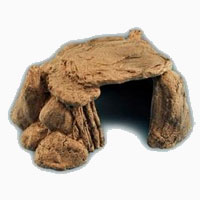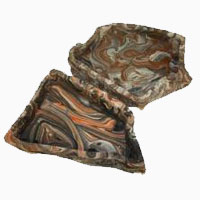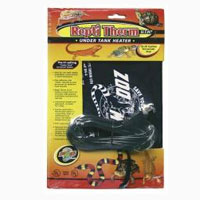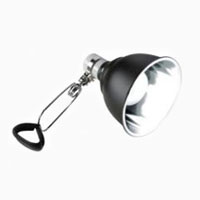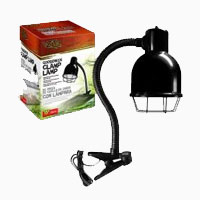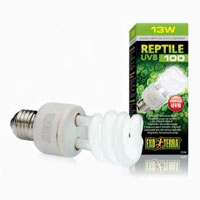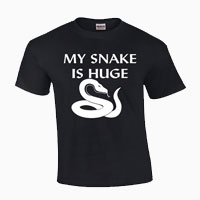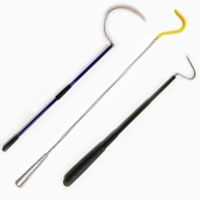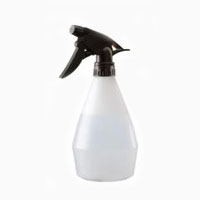Colombian Rainbow Boa
Scientific Name: Epicrates Cenchria Maurus
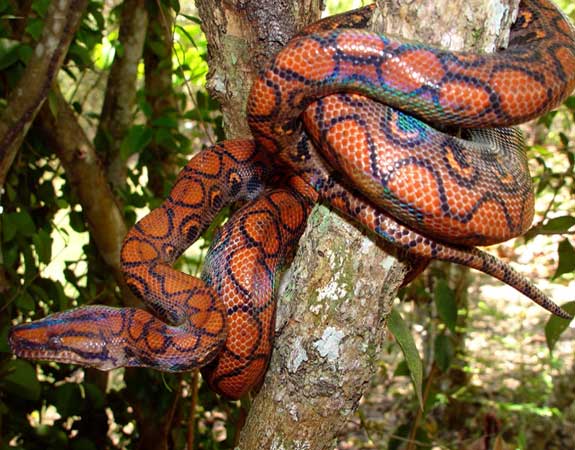
Share this Post
The Colombian Rainbow Boa is a boa species whose scientific name is Epicrates Cenchria Maurus. Its name arises from the gleaming sheen on its body predominantly visible in sunlight. This snake species is believed to be the most dependable of all Rainbow Boa species. The species comprises of a group of brown to russet snakes with indistinct lateral and dorsal spots surrounded with light crescents.
The Colombian Rainbow Boa is a sparkling snake and displays a bright charismatic rainbow effect when in sunlight. Although the snake is born with black rings on the back, the pattern fades as it grows. Adults have a brown to brownish pink color with a spot pattern and faint ring visible in bright light. Compared to the other boa species, the snake is small. Males seldom get bigger than 4.5 feet or 2m long. It is moderately thick bodied and very strong for its small size.
This snake is not venomous and uses teeth only to grip prey. It has solid teeth fused to its jawbone but it sheds its teeth periodically with new ones located on the jaws inner side normally replacing the shed ones. It has moderately poor eyesight but with its tongue flicks, it can smell the surrounding. The snake has iridescent and smooth scales with a blue to light purple shining.
Colombian Rainbow Boas Are Beautiful Creatures
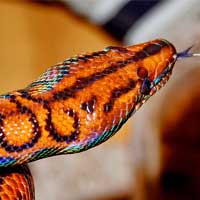
Facts About Colombian Rainbow Boas
Geographic Location
This species occurs in of South America particularly in Brazil, Venezuela, French Guyana and Surinam.
Habitat
This terrestrial snake commonly inhabits the tropical rainforests of South and Northern America. It is a ground-dwelling kind of snake favoring the edges of rocky regions and forests.
Behavior
It is normally active at dusk and dawn. The snake tends to be incredibly placid but when young, it is habitually nippy, biting any moving object. However, with gentle and frequent handling, the snake can be tamed. Adults are easy to handle and moderately calm though some remain quite nervous for their entire lifespan. Moving gently and slowly keeps the snake feeling safe and happy. It is a carnivore and normally feeds on small mammals, birds and reptiles. It feeds by grabbing prey and wrapping their body around the prey 2 or 3 times before constricting the prey.
Reproduction
Females may go off their food whilst being gravid, but should still be offered small prey items just in case. Gestation averages at about 6 months, with females becoming increasingly large at the back end of their bodies. Do not disturb your female while she is giving birth to the hatchlings, as this could upset her and increase your chances of still borns. Remove the hatchlings as soon as they are born to avoid the mother mistaking them for unfertilized slugs and eating them. Columbian Rainbow Boas give birth to approximately 12 to 15 young, but it is not unknown for some females to produce up to 30 if the conditions are right.
Captivity
Columbian Rainbow Boas are quite active, but do not need huge enclosures. A medium to large sized vivarium (Even a fish tank with a tight fitting lid) will house your Rainbow Boa nicely. The vivarium should allow a minimum of 1 square foot of floor space to each foot of snake and be approximately a third of the snake’s length in height. Hatchlings should start out in an appropriately sized small vivarium or RUB (Really Useful Box) as they can become stressed and stop feeding in an oversized vivarium.
